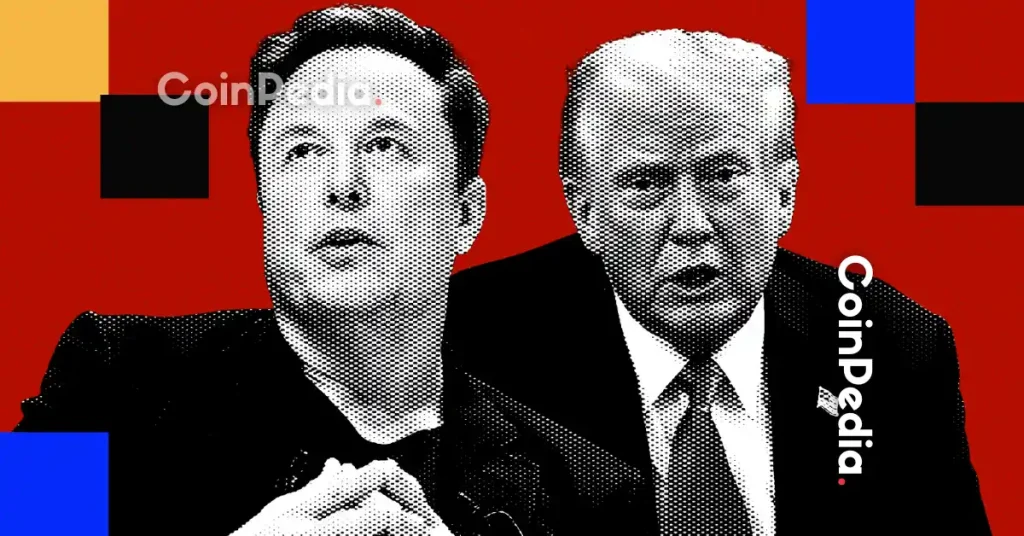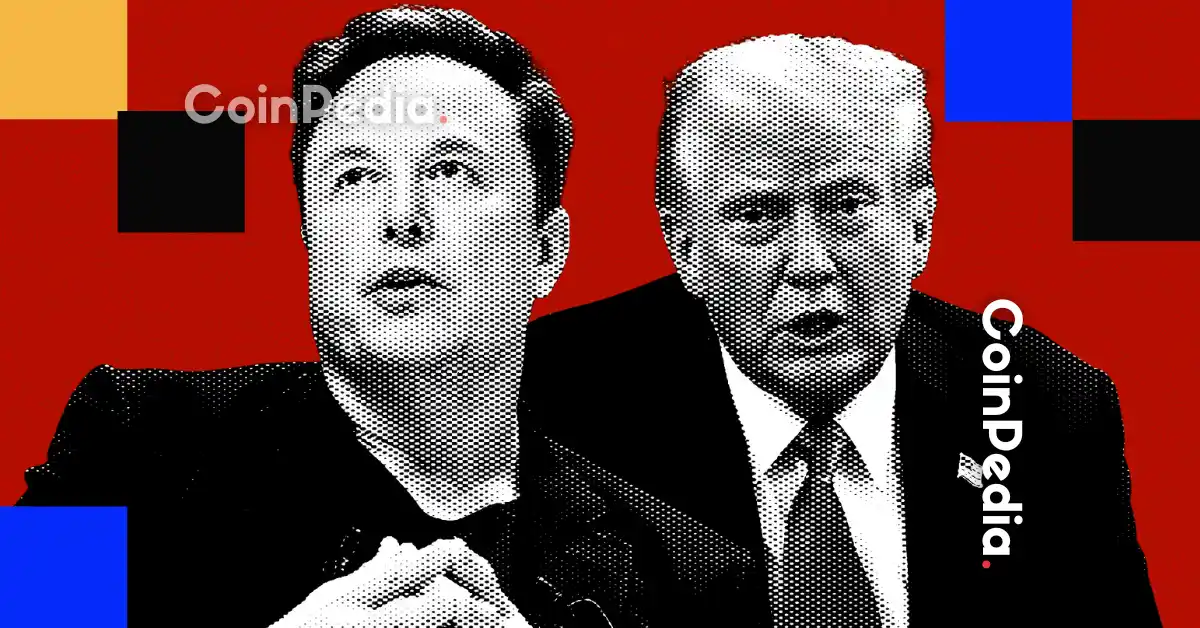
The American political landscape has always been a dynamic and often unpredictable arena, but recent developments have taken this unpredictability to new heights. The escalating feud between former President Donald Trump and tech billionaire Elon Musk, culminating in Musk’s announcement of the “America Party,” has sent shockwaves through the political establishment. This clash is not merely a personal spat between two influential figures; it represents a broader struggle for the future direction of American politics, the viability of third parties, and the potential realignment of political forces.
The Fracturing of an Unlikely Alliance
The relationship between Trump and Musk was never a conventional political alliance, but it was one that occasionally aligned on key issues such as deregulation, technological innovation, and skepticism toward traditional media. Musk, who has often positioned himself as a political centrist, has used his platforms to advocate for free speech, reduced government intervention, and fiscal responsibility. However, the breaking point in this relationship appears to be Trump’s “One Big Beautiful Bill Act,” a legislative proposal that Musk has criticized for its potential to add trillions to the national debt. Musk’s public condemnation of the bill as a symbol of bipartisan waste and corruption marked a turning point, signaling his willingness to challenge not just Democratic policies but also those of the Republican Party under Trump’s influence.
Musk’s decision to launch the “America Party” is a bold move that challenges the entrenched two-party system. Historically, third parties in the United States have struggled to gain traction due to structural barriers such as ballot access laws, campaign finance regulations, and the winner-take-all electoral system. However, Musk’s vast resources, technological expertise, and massive social media following give him an unprecedented advantage. His ability to shape public discourse and command attention could potentially overcome some of the traditional obstacles faced by third-party movements.
Trump’s Defiant Response and the Two-Party Defense
Trump’s reaction to Musk’s “America Party” has been characteristically combative. Through his Truth Social platform, Trump labeled Musk a “train wreck” and dismissed the new party as “ridiculous.” Beyond the personal attacks, Trump’s argument hinges on the historical failures of third parties in the United States. He has repeatedly asserted that third parties “never succeed,” framing Musk’s endeavor as a futile attempt to disrupt the political order. This narrative is rooted in the resilience of the two-party system, which has consistently marginalized third-party candidates and movements.
The two-party system’s dominance is not merely a product of tradition; it is reinforced by institutional and legal structures that favor established parties. For instance, ballot access laws vary by state, often requiring third-party candidates to gather a significant number of signatures to appear on the ballot. Additionally, the winner-take-all nature of the Electoral College system discourages voters from supporting third-party candidates, as doing so is often seen as a “wasted vote.” These structural barriers create a formidable challenge for any new party seeking to challenge the status quo.
The Potential and Pitfalls of the “America Party”
Despite the historical challenges, the “America Party” has the potential to disrupt the existing political landscape. Musk’s resources and influence could provide the party with a level of visibility and funding that most third-party movements lack. However, the party’s success will ultimately depend on its ability to articulate a clear and compelling political vision. While Musk has expressed concerns about government waste and corruption, the specific policy positions of the “America Party” remain largely undefined. To gain traction, the party must differentiate itself from the Democrats and Republicans and appeal to a broad base of voters.
One potential avenue for the “America Party” is to capitalize on voter dissatisfaction with the status quo. Many Americans feel alienated by the increasingly polarized and gridlocked political system. A centrist party that emphasizes pragmatism, innovation, and fiscal responsibility could potentially attract voters from both sides of the aisle. However, navigating the complex ideological landscape and building a broad coalition will be a formidable challenge. The party must also address concerns about its long-term viability and the potential for internal divisions.
The Republican Party’s Strategic Dilemma
The emergence of the “America Party” poses a significant challenge for the Republican Party. Trump’s allies reportedly fear that Musk’s party could split the conservative vote, potentially costing Republicans key Congressional seats in future elections. This concern is based on the assumption that the “America Party” would primarily attract voters who are disaffected with the current direction of the Republican Party but are not willing to support the Democrats. To mitigate this risk, the Republican Party may need to reassess its platform and messaging to appeal to a broader range of voters.
One potential strategy for the Republicans is to moderate their stance on certain social issues and emphasize economic opportunity and areas of common ground with independents and moderate Democrats. However, such a shift could alienate the party’s base, creating further divisions within the Republican ranks. The party must also contend with the fact that Trump’s influence within the GOP remains significant, and any attempt to distance itself from his policies could be met with resistance from his loyal supporters.
The Broader Implications for American Politics
The Trump-Musk feud and the emergence of the “America Party” reflect broader trends in American politics. The rise of populism, the increasing influence of technology and social media, and the growing dissatisfaction with the two-party system are all contributing to a more volatile and unpredictable political environment. The traditional left-right paradigm may be giving way to new divisions based on issues such as technology, globalization, and cultural identity. The ability of political actors to adapt to these shifting dynamics will be crucial in shaping the future of American politics.
The “America Party” could serve as a catalyst for a broader realignment of political forces. If the party gains traction, it could force the Democrats and Republicans to reassess their platforms and strategies. Alternatively, if the party fails to gain significant support, it could reinforce the dominance of the two-party system. Regardless of the outcome, the emergence of the “America Party” signals a potential shift in the political landscape, one that could have lasting consequences for the future of American democracy.
Conclusion: A Clash with Far-Reaching Consequences
The clash between Trump and Musk is more than just a personal feud between two high-profile figures. It is a reflection of the deep-seated tensions and contradictions within American society. Musk’s “America Party” represents a bold attempt to disrupt the existing political order, but faces formidable challenges. Trump’s dismissive response underscores the resilience of the two-party system, but also reveals the anxieties within the Republican Party about potential fragmentation. The unfolding drama promises to be a spectacle, with uncertain consequences for the future of American politics. The only certainty is that the collision course has been set, and the reverberations will be felt for years to come. The outcome of this clash will not only shape the political careers of Trump and Musk but also the broader trajectory of American democracy.





